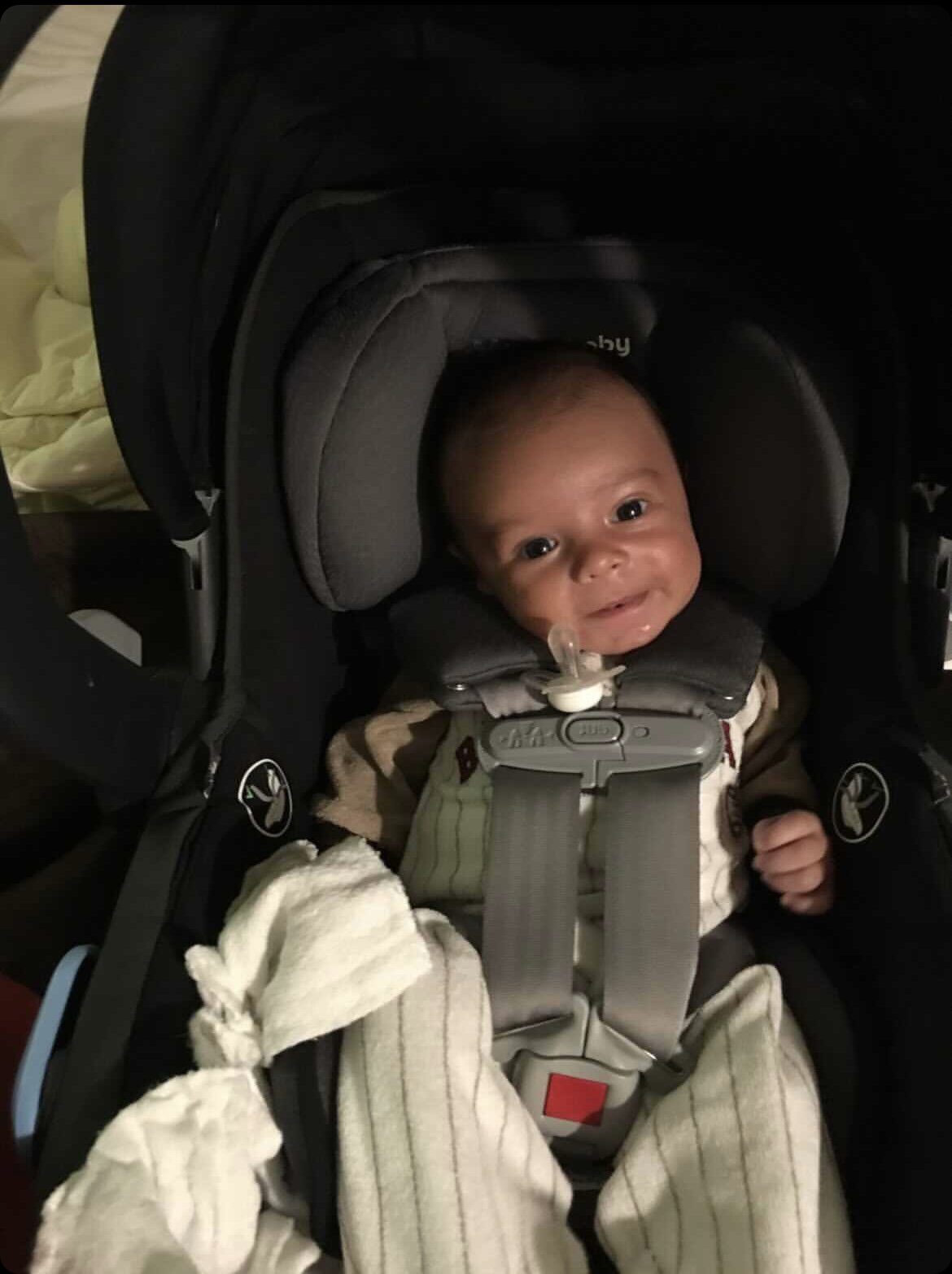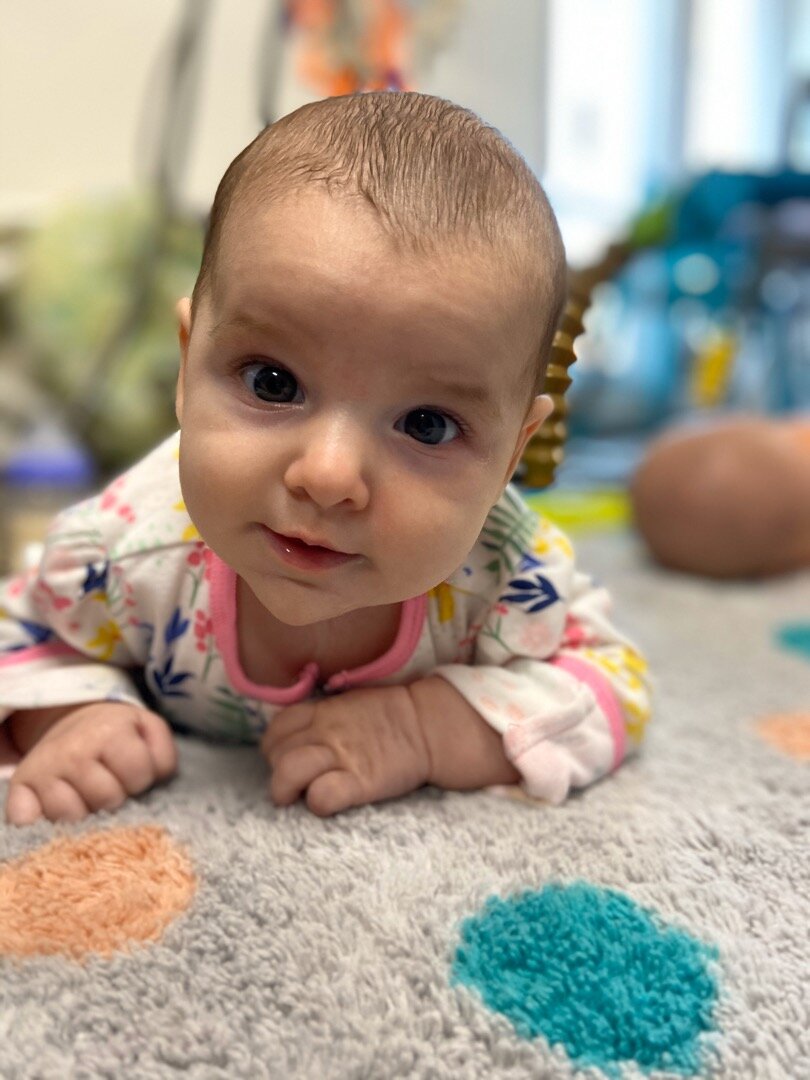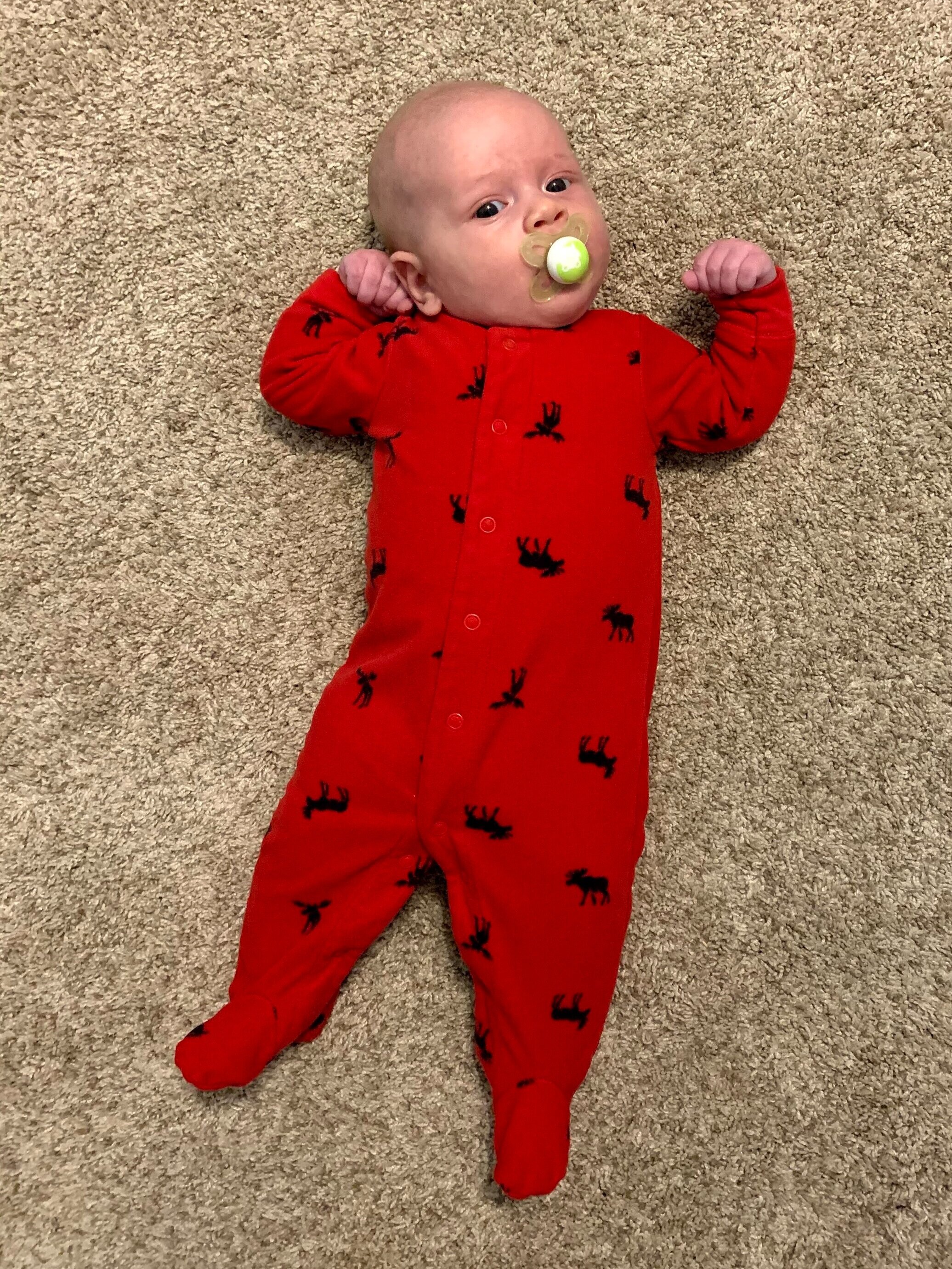Teasing out torticollis
Ahhh torticollis. My love. My nemesis. My passion. The thing every parent probably has heard about but nobody really KNOWS about. Torticollis is a common condition but a complex topic. I’m going to do a whole series of posts breaking it down, but today let’s start with the basics. What is torticollis, and how do you know if your baby has it??
In Latin, torticollis translates to “twisted neck”. What it really means is that a specific muscle in the neck called the sternocleidomastoid—or SCM for short (keep that word in your back pocket for your next Scrabble game!)—gets tight. This results in the baby’s head being tilted to one side, and turned to the opposite side.
Do this mini-anatomy lab experiment right now: place your hand on the left side of your neck. Tilt your ear toward your left shoulder. Now look over to the right. Feel that muscle jump up into your hand? That’s the money maker—the SCM—that gets tight and shortens when a baby has torticollis.
Here is my RIGHT SCM—giving me a right tilt and a left rotation! Biggie Smalls (top left) is demonstrating midline quite nicely
How do babies get torticollis?
Babies can have torticollis for many reasons. They can have it at birth due to how they were squished in the belly or birth trauma. Or, perhaps their nursery is set up so they always look to the same direction from their crib when mom or dad walks in the room. Or, maybe their babysitter always holds them in the same arm, creating an asymmetry over time. The reasons babies get torticollis are variable, and often a simple assessment of baby’s routine and environment can help get to the root of the problem.
How do I know if my baby has torticollis?
Most pediatricians are pretty good about identifying obvious cases at well-child check ups, but you don’t have to be a healthcare professional to identify torticollis. In fact, during most of my evaluations, it’'s the parents who first notice and bring up the concern!
Try this quick screen: lie your baby on their back on a play mat or the floor. Get their attention with a toy or your face, and slowly move the object of interest to each side. Can your baby turn their head fully to both sides? Is one side harder to look to than the other? Newborns should be able to turn their head all the way so that their chin reaches their shoulder. If they can’t do this, or seem uncomfortable with it, there might be a restriction here.
Another quick, non-scientific, imperfect-but-practical diagnostic tool is available at everyone’s fingertips right now: YOUR iPHONE!
Pull out the baby books…or Instagram
I’m guessing there is no shortage of cuteness filling up your iPhone photos, Instagram account, or baby books if you’re old school like me and like printed photos. Browse through your photos of your baby and look closely at head position in each picture. Is your baby’s head always tilted sweetly to one side? Are they usually peering at you sideways because their head is frequently turned toward the same direction?
It’s easy to look past this, because OF COURSE your focus is on your baby’s sweet smile and dazzling eyes, not their necks! But that’s where I come in. Borrow my PT brain for a while, and look at the photos with a different lens, focusing on head position and posture.
Obviously their smiles and cuteness dominate, but can you spot the persistent head tilts/rotations?
Ok, ok, I notice the tilt…now what?!
Noticing a pattern of this “twisted neck” posture in baby photos warrants a discussion with your pediatrician and likely a referral to PT for further evaluation. The good news is, when caught and treated early (ideally 0-3 months of age), torticollis is usually an easy condition to treat!
Your PT will do a full assessment of your baby’s head, neck and trunk postures, range of motion, strength, and a check up on developmental milestones. They can give you specific stretches and exercises, suggest environment changes, and make positioning recommendations that will encourage symmetrical strengthening, help your baby look both ways, and stretch out that tight muscle in no time (And by “no time” I mean that most cases of straightforward torticollis are resolved within 3 months)! The research tells us that the earlier we intervene, the better the outcomes, and the faster the issue is resolved.
This is my favorite way to stretch a tight SCM—sneaking it in with a snuggle!
So get scrolling through those baby photos, see if your baby can follow a toy fully to both directions, and make an appointment to get your baby checked out ASAP if you have concerns! Check back here soon for more details about the importance of treating torticollis.
TL;DR
Torticollis is a common condition resulting in tightness of the sternocleidomastoid (SCM) muscle in the neck. It means “twisted neck” in latin and creates a head tilt to one side and a rotation to the opposite side.
Babies can get torticollis for many reasons, including birth trauma, inuterine positioning, and environmental set ups.
Look through your baby photos to see if you notice a persistent head tilt and/or rotation—if you do, talk to your doctor about a PT referral!
Catching it and treating torticollis early (<3 months) is key!

















